
From the Government of Canada:
“June 21 is National Indigenous Peoples Day. This is a day for all Canadians to recognize and celebrate the unique heritage, diverse cultures and outstanding contributions of First Nations, Inuit and Métis peoples. The Canadian Constitution recognizes these three groups as Aboriginal peoples, also known as Indigenous peoples.
Although these groups share many similarities, they each have their own distinct heritage, language, cultural practices and spiritual beliefs.
In cooperation with Indigenous organizations, the Government of Canada chose June 21, the summer solstice, for National Aboriginal Day, now known as National Indigenous Peoples Day. For generations, many Indigenous peoples and communities have celebrated their culture and heritage on or near this day due to the significance of the summer solstice as the longest day of the year.”
Find out more:
Crown-Indigenous Relations and Northern Affairs Canada
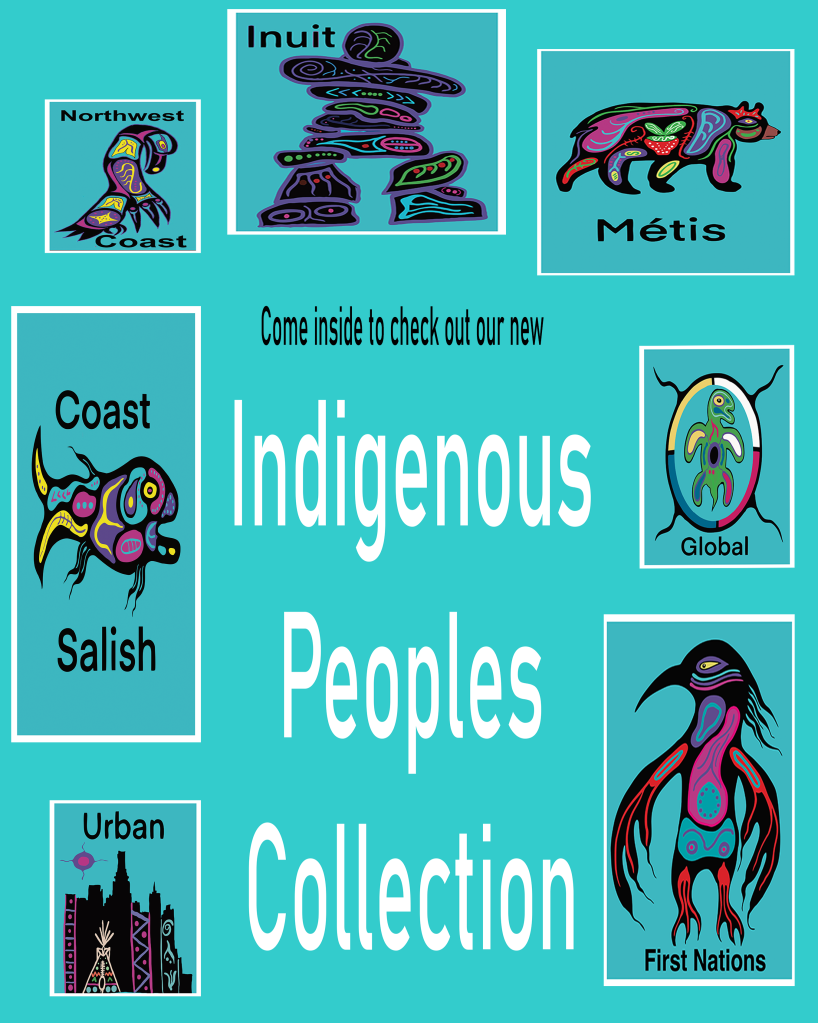
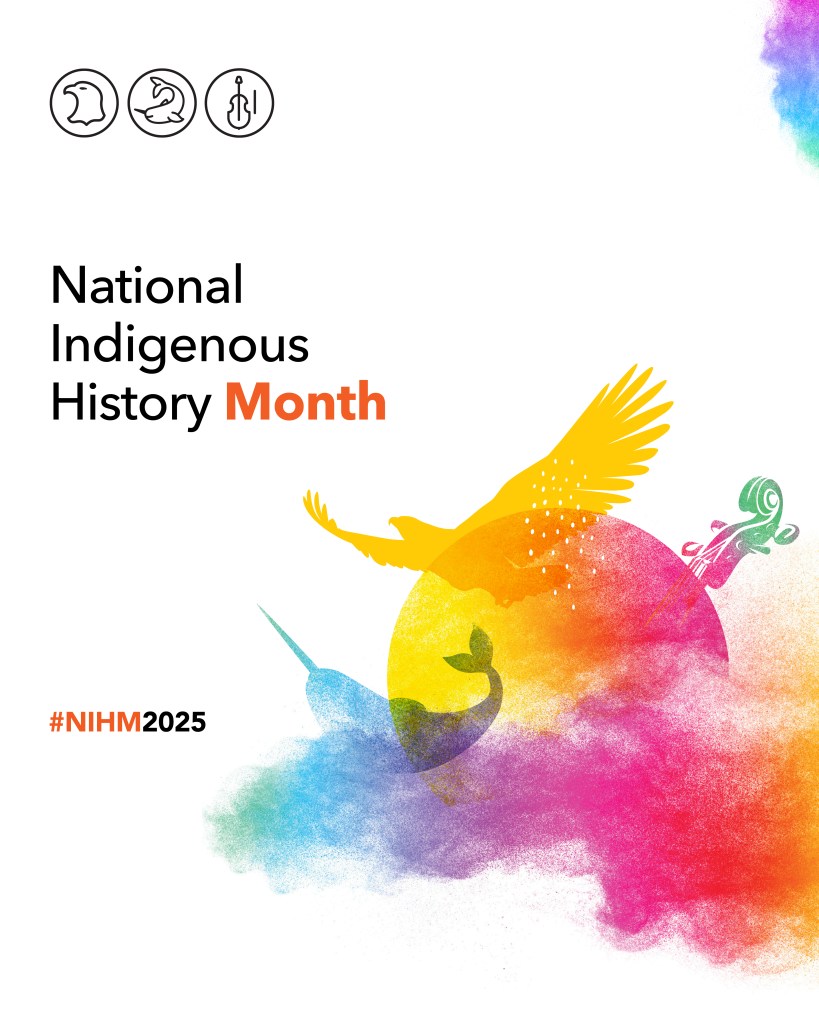
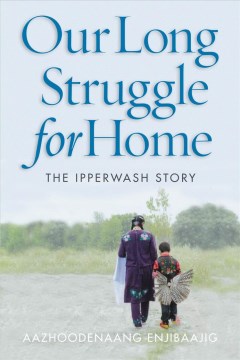
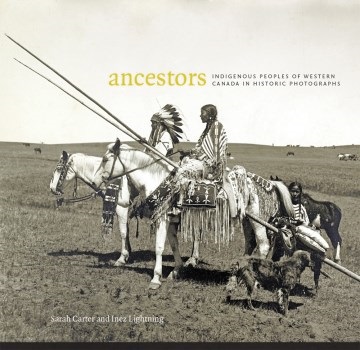
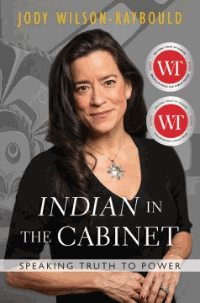
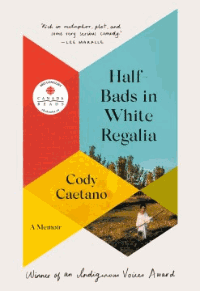
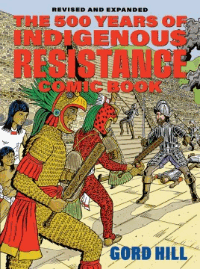
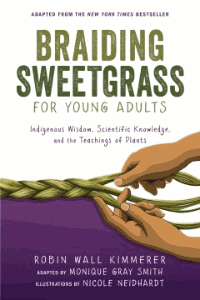
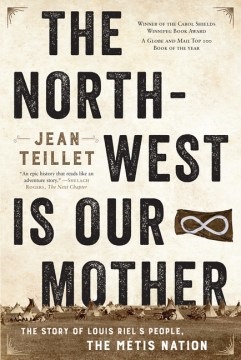
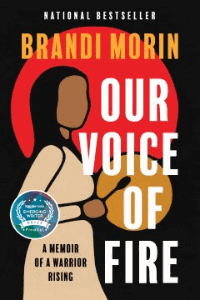
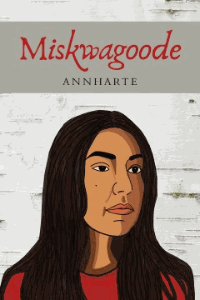
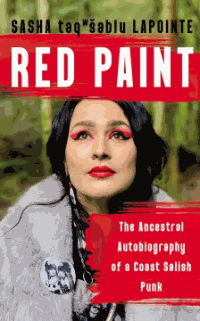
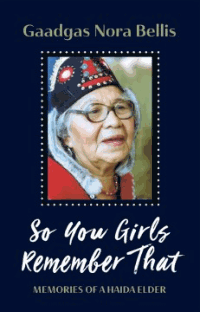
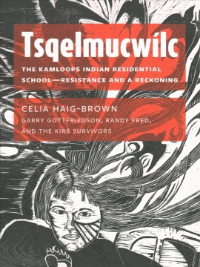
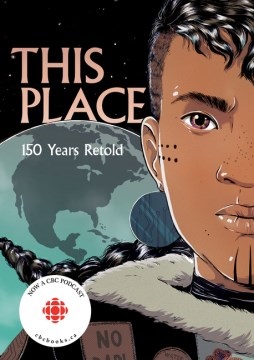



 Today the people of British Columbia observe Louis Riel Day. The government of BC and the Métis people of the province have expressed a “commitment to work together for the betterment of Métis people throughout British Columbia.” (
Today the people of British Columbia observe Louis Riel Day. The government of BC and the Métis people of the province have expressed a “commitment to work together for the betterment of Métis people throughout British Columbia.” (